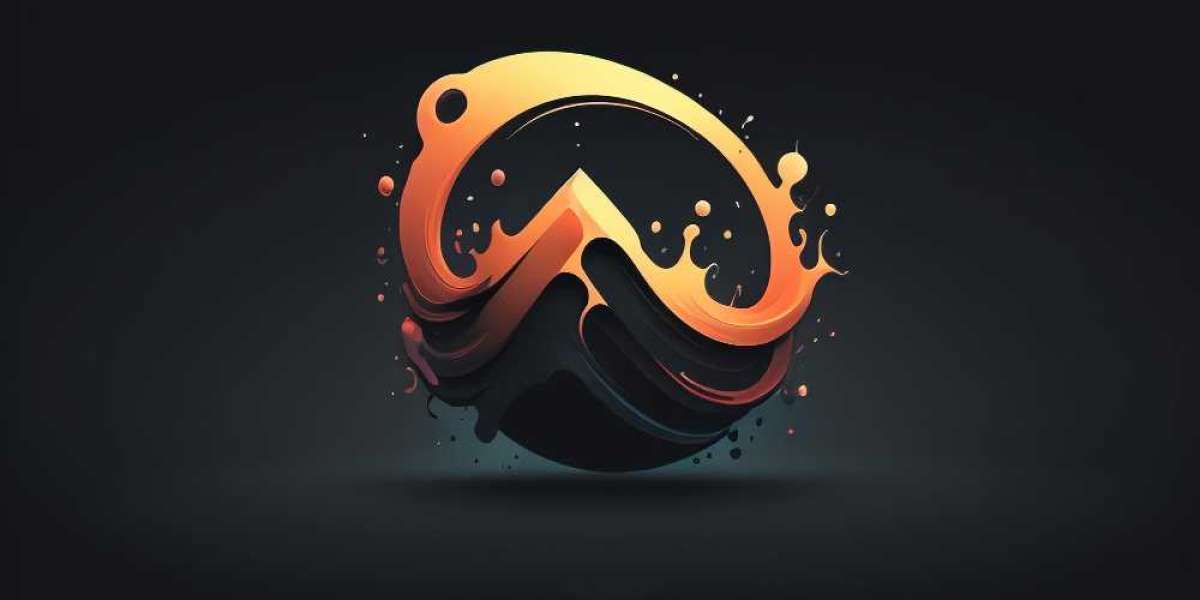Logo design is a crucial aspect of branding that plays a significant role in creating visual identity and brand recognition. Different types of logos offer unique approaches to represent a brand's values, personality, and identity. Understanding these logo types can help businesses make informed decisions about their branding strategies. In this article, we will explore various logo design types, including wordmark logos, symbol or icon logos, combination logos, emblem logos, abstract logos, mascot logos, lettermark logos, and monogram logos. Each logo type brings its own set of characteristics, advantages, and creative opportunities, contributing to effective brand communication and consumer engagement.
Wordmark Logos
Wordmark logos are a type of logo design that primarily focuses on typography and textual elements to represent a brand. These logos use the brand name itself in a stylized format as the central visual element. The key characteristics of successful wordmark logos include simplicity, readability, and memorability. By using distinctive fonts, colors, and arrangements, wordmark logos can effectively convey the essence of a brand in a visually appealing way. Examples of well-known brands that use wordmark logos include Coca-Cola, Google, FedEx, and Disney.
Symbol or Icon Logos
Symbol or icon logos rely on graphical symbols or icons to represent a brand without the use of text. These logos are highly versatile and visually impactful, making them easily recognizable and memorable. Symbol logos are effective in brand recognition as they can transcend language barriers and convey a brand's identity or message through a visual element alone. Examples of iconic symbols used in logos across various industries include Apple's bitten apple, Nike's swoosh, and Twitter's bird symbol.
Combination Logos
Combination logos integrate both text and graphical elements into a single design. These logos combine the benefits of wordmark and symbol logos, allowing brands to convey their name along with a visual representation of their identity or message. The versatility of combination logos lies in their ability to adapt to different marketing contexts while maintaining brand consistency. Brands like Burger King, Adidas, Starbucks, and Amazon use combination logos effectively to reinforce their brand image and message.
Emblem Logos
Emblem logos feature text enclosed within a symbol or badge, creating a cohesive and authoritative visual identity. These logos often have a traditional and formal appeal, making them suitable for organizations, institutions, and heritage brands. The integration of text and symbol in emblem logos reflects a sense of heritage, trust, and authority. Examples of emblem logos include Harley-Davidson, BMW, Starbucks (old logo), and universities like Harvard and Oxford, showcasing their legacy and prestige.
Abstract Logos
Abstract logos are a form of logo design that uses non-representational shapes or forms to symbolize a brand. These logos rely on creativity and unique representation rather than literal imagery. They often convey concepts, emotions, or characteristics associated with the brand through artistic abstraction. Examples of abstract logos include the logo of Pepsi, which features a simple circular design with a unique color scheme, symbolizing joy and refreshment, and the Nike swoosh, which represents movement and innovation through a simple yet recognizable shape.
Mascot Logos
Mascot logos are characterized by illustrated characters that represent a brand's personality and values. These logos often appeal to specific target audiences, especially in industries such as sports, entertainment, and food. Mascot logos have the ability to evoke emotions and create a memorable connection with consumers. Examples of successful mascot logos include the KFC Colonel, representing the brand's heritage and quality, and the Michelin Man, symbolizing durability and reliability in the tire industry.
Lettermark Logos
Lettermark logos utilize initials or abbreviations of a brand's name to create a visually appealing and recognizable symbol. These logos focus on simplicity and brand recognition, especially when the full brand name is lengthy or complex. Lettermark logos are effective in establishing a strong visual identity and are commonly used by companies with long names or multiple words. Examples of brands using lettermark logos include IBM (International Business Machines), CNN (Cable News Network), and HBO (Home Box Office).
Monogram Logos
Monogram logos combine letters or initials into a unique symbol, often representing the brand's name or key elements. These logos convey elegance, sophistication, and exclusivity, making them popular in luxury brands and fashion industries. Monogram logos can be highly stylized and personalized, reflecting the brand's identity and heritage. Examples of monogram logos include Louis Vuitton's LV, Chanel's interlocking Cs, and Gucci's double G logo, all synonymous with luxury and high-end fashion.
Conclusion:
The diversity of logo design types provides businesses with versatile tools to express their brand identity effectively. Whether through the simplicity of a wordmark, the creativity of an abstract design, or the character of a mascot logo, each type serves to create a visual representation that resonates with target audiences. Understanding the nuances of logo design types enables businesses to craft logos that not only stand out visually but also align with their brand values and messaging. By choosing the right logo type and design elements, businesses can strengthen their brand presence, enhance brand recognition, and connect with customers on a deeper level, contributing to long-term success in the competitive market landscape.



